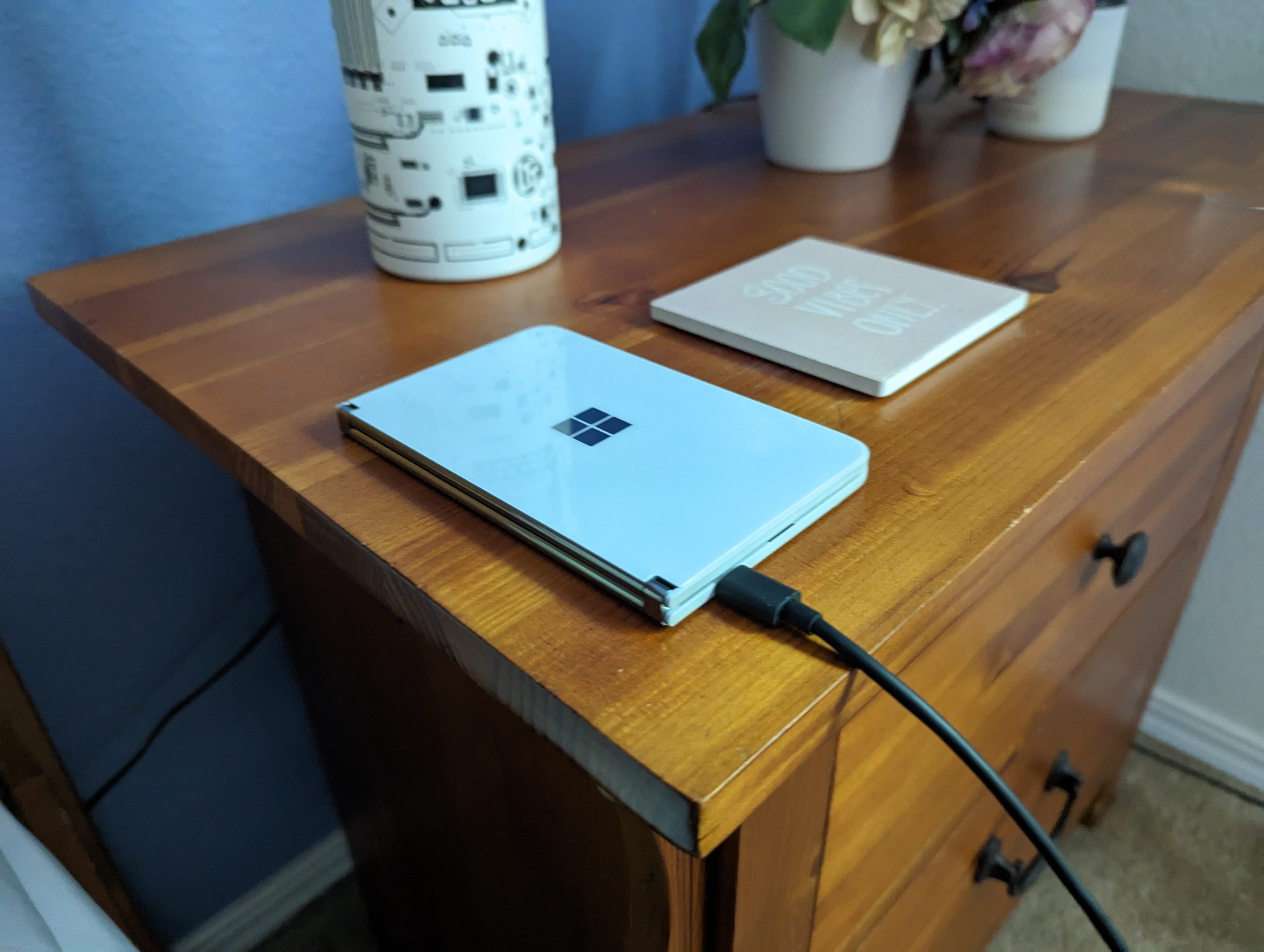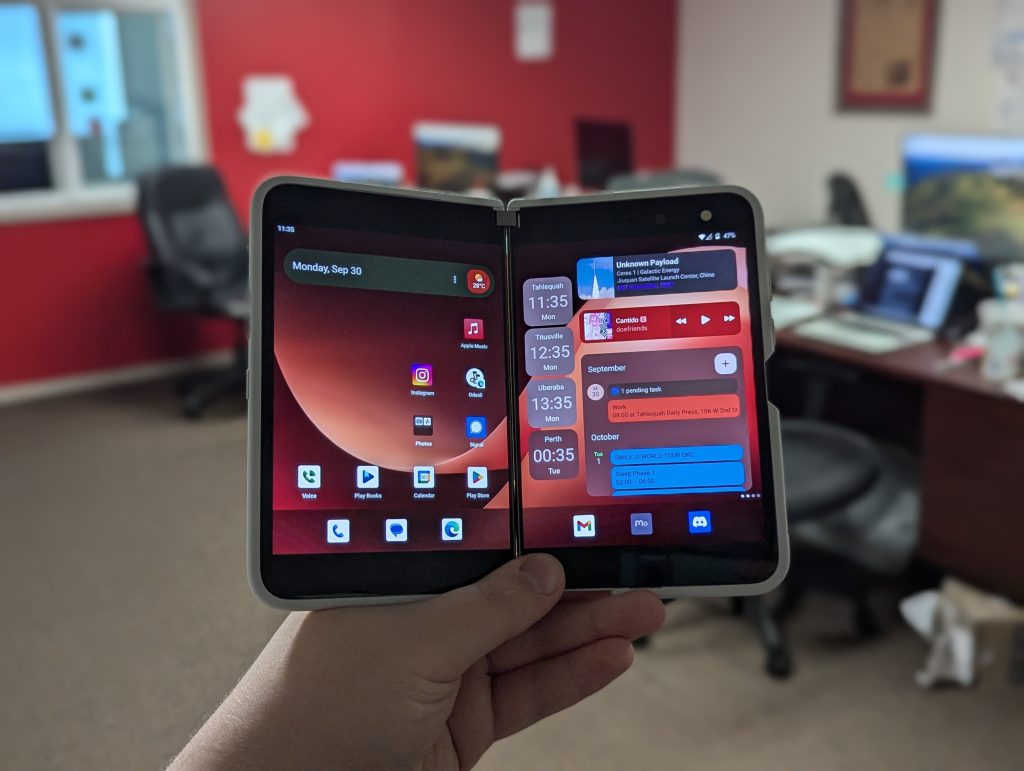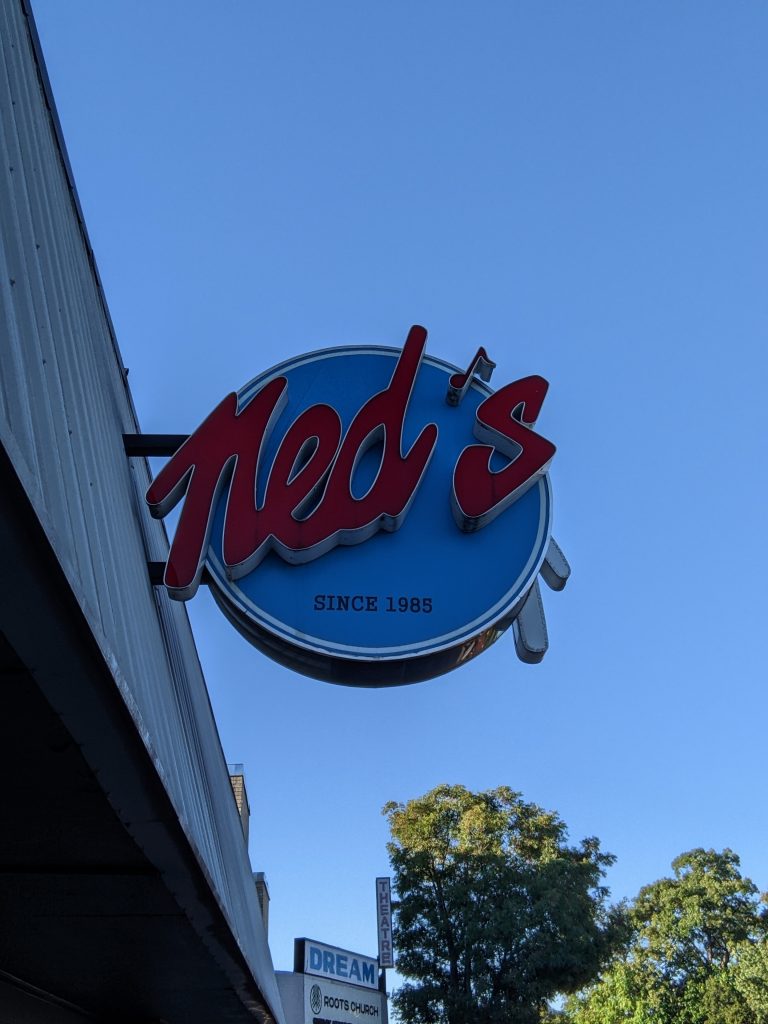In the late hours of June 18, SpaceX experienced a catastrophic failure of Starship 36 during propellant loading for a routine static fire test — yet another in a string of setbacks for the program this year. Rapid iteration can be a valuable tool, but celebrating failure as inevitable — without accountability or thorough investigation and remediation — poses a dangerous precedent for spaceflight and needlessly damages public perception.
Ship 36 exploded during what should have been a routine operation for a rocket coming up on its tenth flight. The next morning, SpaceX released a statement that — while emphasizing that data reviews were ongoing — stated it appears that a “potential failure of…a COPV containing gaseous nitrogen in Starship’s nosecone area” caused the anomaly. Sure, sounds plausible. COPVs are notoriously fragile and have caused failures of SpaceX rockets in the past, but the failure of Ship 36 isn’t happening in a vacuum.
This is the fourth major mishap for the Starship program just since the beginning of the year, following the in-flight failures of the Ship during the past three IFT missions. In the aftermath of each of these anomalies both SpaceX and its fans say the same thing: “It’s okay, we got good data! Fail fast, learn faster!” You don’t seem to be learning much if you fall flat on your face four times in a row.
Both SpaceX and its fans seem to look at failures and shrug, labeling it as progress and not risk, regardless of actual outcomes. Constantly looking at a spaceflight program through this lens only serves to make real safety lapses invisible until a catastrophe unfolds. Refusing to come out and admit failure, instead opting to shroud it behind terms like “learning opportunity,” “data gathering,” and casual refrains diminish the gravity of rockets exploding. This vehicle was only partially filled and still caused significant damage to infrastructure. Imagine how much worse a full Ship or integrated launch vehicle would be.
While nobody was injured this time, frequent large scale public failures of Starship over the past five years has eroded public trust in not only SpaceX, but the regulators that have oversight over the company. Are agencies like the FAA or NASA — who SpaceX has a lucrative contract with to provide Starship as a moon lander — losing leverage if failures become routine? Without the deterrence of regulatory scrutiny and strict oversight across the entire lifecycle of a rocket, complacency may spread.
The future of U.S. lunar exploration hinges on Starship working. NASA needs the Starship HLS variant ready to land humans on the Moon by 2027 in preparation for the Artemis III mission, but repeated failures are slowing progress and sowing doubt that SpaceX will be able to deliver. Not only does Starship need to demonstrate that it can successfully get to orbit and back, but it also needs to demonstrate rapid reusability, large scale on-orbit cryogenic refueling, and be crew rated — all in the next two years. That goal seems more far-fetched every time Starship experiences a failure.
Logging what went wrong and calling it a learning opportunity isn’t enough. Organizations must transparently fix root causes and findings as has been the norm for decades. In the wake of the Space Shuttle Challenger disaster, the Rogers Commission mandated a total redesign of the Space Shuttle Solid Rocket Boosters — adding capture features, heater circuits, extra O‑rings — and instituted independent oversight and a formal Office of Safety, Reliability, and Quality Assurance. The fleet was grounded for nearly three years, and NASA allowed only a cautious, certified return to flight.
There is recent precedent for commercial companies as well: After the in-flight failure of Falcon 9 during the CRS-7 mission in 2015, NASA’s Independent Review Team concluded the failure was due to a design error — SpaceX used an industrial‑grade strut instead of an aerospace‑grade one, and lacked proper safety margins. Following the report’s release, SpaceX overhauled its design processes, upgraded strut materials, and incorporated stricter part screening before returning to flight in.
No such independent reports have been issued after any of the latest string of Starship failures as they are not required because no NASA payloads have flown. This only serves to foster an environment where indifferent risk-taking is prioritized over slower methodical failure analysis and disposition. The development of Starship is funded in part by public tax dollars. It should be scrutinized as such.
Spaceflight is inherently risky. There are infinite ways a launch can go wrong and only one way it can go right, but that does not mean we should settle for routine explosions. Regulators, relevant government agencies, and launch providers should develop industry standards to determine when continued failure should trigger serious review or programatic changes, and agencies funding these programs in part — like NASA and the DoD — should be empowered to commission independent reviews of failures.
None of this is to say we shouldn’t celebrate data-driven learning, but we should weigh it against the expense of public trust, crew safety, and long-term sustainability. Normalizing failure or hiding it behind euphemisms only serves to dull curiosity and critical evaluation — spaceflight deserves better.
This latest in a string of failures coming from Starbase is not just another data point showing an uncomfortable trend. It is a symptom of an industry-wide culture that has grown far too forgiving of repeated missteps. We thrill at ambition — but without responsible accountability, “fail fast” becomes “fail forever.”










